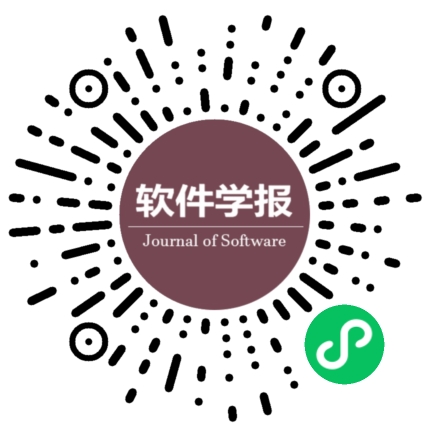基于多源域适应的缺陷类别预测方法
作者:
作者单位:
作者简介:
邢颖(1978—),女,博士,副教授,博士生导师,CCF高级会员,主要研究领域为智能化软件工程,人工智能的应用;赵梦赐(1999—),男,硕士生,CCF学生会员,主要研究领域为深度学习,软件测试;杨斌(1986—),男,博士,工程师,CCF专业会员,主要研究领域为自然语言处理,数据挖掘;张俞炜(1994—),男,博士,助理研究员,CCF专业会员,主要研究领域为软件测试,智能化软件工程;李文瑾(1983—),女,工程师,CCF专业会员,主要研究领域为网络威胁防御与对抗技术;顾佳伟(1997—),男,主要研究领域为网络安全威胁识别及对抗;袁军(1987—),男,主要研究领域为威胁建模,知识图谱,攻防对抗,网络安全,数据分析.
通讯作者:
张俞炜,E-mail:zhangyuwei@otcaix.iscas.ac.cn
中图分类号:
基金项目:
高安全系统的软件开发与验证技术工业和信息化部重点实验室资助项目(NJ2023031);云南省软件工程重点实验室开放基金(2023SE202);CCF-绿盟科技“鲲鹏”科研计划(CCF-NSFOCUS202212)
Defect Category Prediction Method Based on Multi-source Domain Adaptation
Author:
Affiliation:
Fund Project:
引用本文
邢颖,赵梦赐,杨斌,张俞炜,李文瑾,顾佳伟,袁军.基于多源域适应的缺陷类别预测方法.软件学报,2024,35(7):3227-3244
复制相关视频

分享
文章指标
- 点击次数:
- 下载次数:
- HTML阅读次数:
历史
- 收稿日期:2023-09-10
- 最后修改日期:2023-10-30
- 录用日期:
- 在线发布日期: 2024-01-05
- 出版日期: 2024-07-06
文章二维码

您是第位访问者
版权所有:中国科学院软件研究所 京ICP备05046678号-3
地址:北京市海淀区中关村南四街4号,邮政编码:100190
电话:010-62562563 传真:010-62562533 Email:jos@iscas.ac.cn
技术支持:北京勤云科技发展有限公司
版权所有:中国科学院软件研究所 京ICP备05046678号-3
地址:北京市海淀区中关村南四街4号,邮政编码:100190
电话:010-62562563 传真:010-62562533 Email:jos@iscas.ac.cn
技术支持:北京勤云科技发展有限公司



